TECH TUESDAY: How Mercedes are trying to claw back lost downforce as the battle with Red Bull hots up

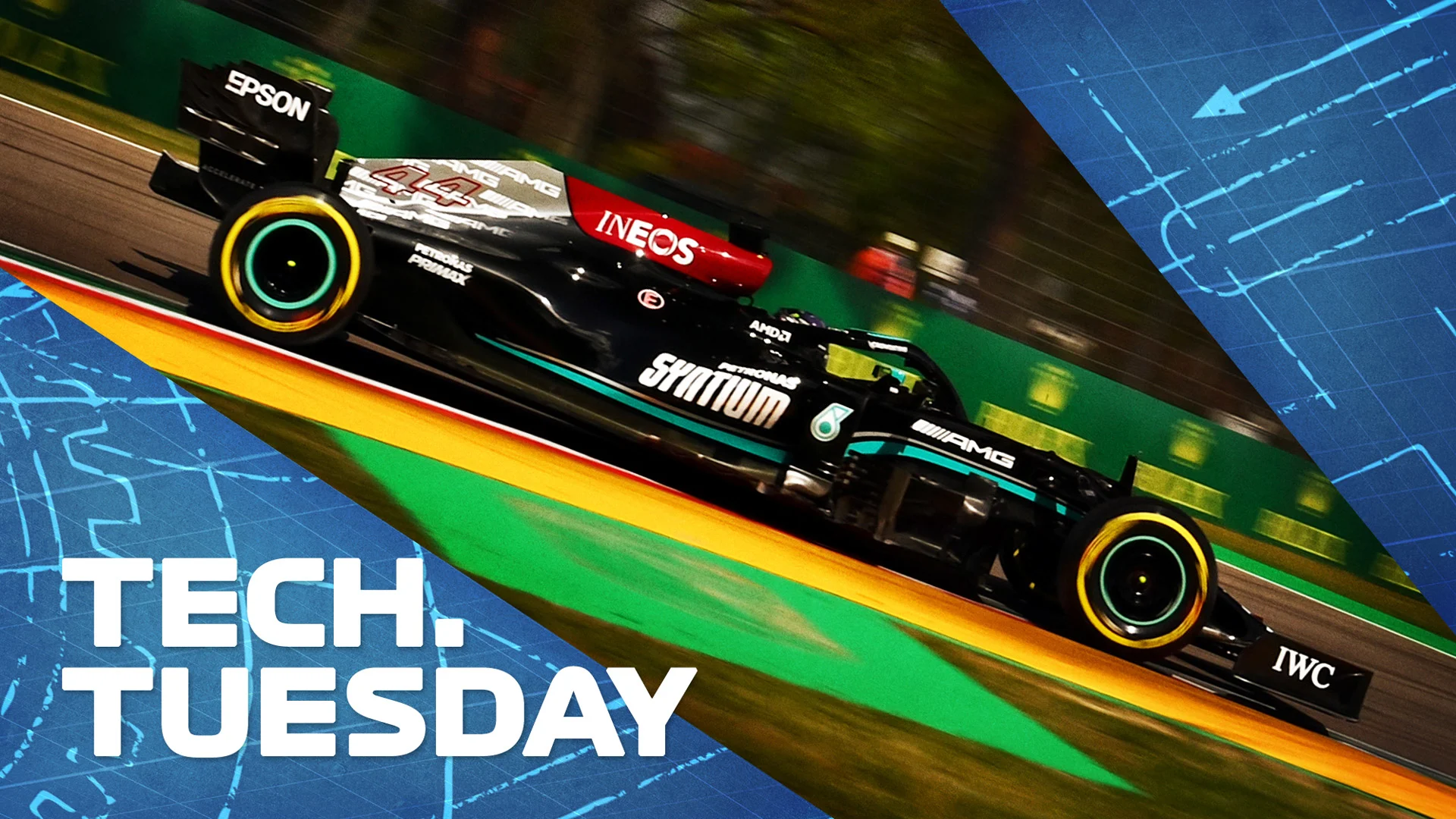
Mark Hughes explains Mercedes' latest attempt to add downforce to their W12 with a new diffuser at Imola, with technical illustrations from Giorgio Piola.
Mercedes are continuing their efforts at reclaiming the downforce lost to the 2021 floor regulations as they compete hard with Red Bull and at Imola they arrived with a new diffuser to better work the space that has been created by the W12 rear suspension, which has been heavily revised since last year’s W11.
The most obvious change to the diffuser is that the strake outboard of the central section has been totally re-shaped, with a ramped lower profile rather than the previous step arrangement seen in Bahrain. These strakes – which have been shortened by 50mm as part of the ‘21 regulation changes – channel the air coming through the diffuser’s expansion ramp, helping keep it attached as it speeds through from the low-pressure area of the floor ahead.
The faster and cleaner the flow through that expansion ramp, the lower the air pressure beneath the floor surface and the more downforce is created. So getting that flow as clean and uninterrupted as possible is crucial.
The strakes keep the flow aligned, and prevent it from dispersing laterally because of the different pressures acting upon it across the width of the diffuser. If the flow stalls on one part of the diffuser, without the strakes that stall would migrate across and spread the stall. The re-shaped strake will have been found to be more effective in keeping this flow aligned at the various ride heights and speeds the car sees.
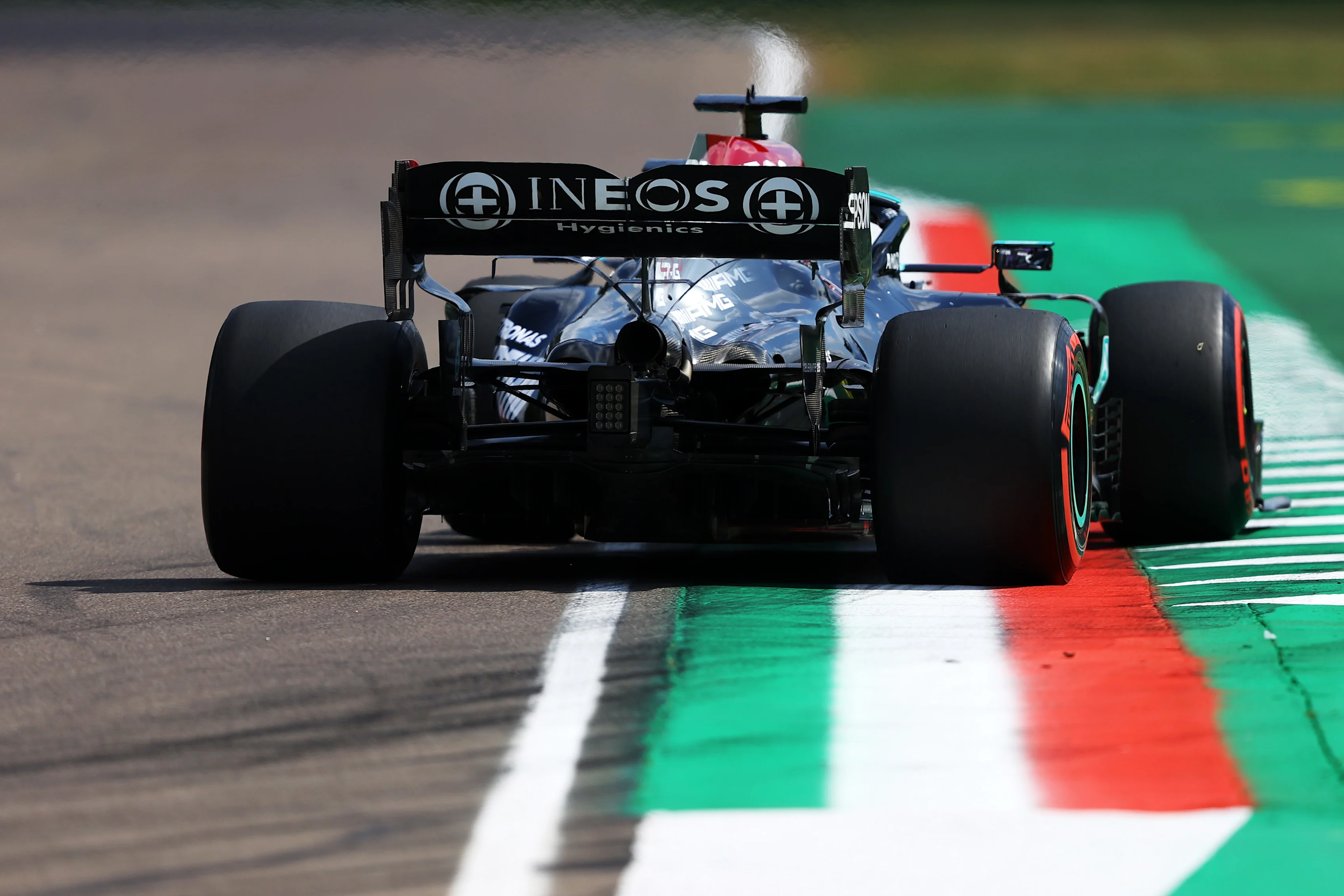
An additional detail apparent on the Imola diffuser was the opening up in Friday practice of two channels at the bottom corners of its central section. In Bahrain these were blanked off all weekend but clearly still there. At Imola they ran blanked again from Saturday onwards. They appear to be channelling air from the floor around the gearbox and directing it here.
LISTEN: Damon Hill explains why we saw so many errors in Imola on this week's F1 Nation podcast
The fact that these exit holes (and presumably also the inlets) can be blanked suggests it’s just a small tuning device, possibly more useful at the higher speed corners of Imola where the volume of air passing through will be greater and the car will be sitting down further on its suspension than would be typical around a lap of Bahrain.
At these higher speeds the angle of the diffuser’s ramp effectively is reduced as the car sits down from the downforce acting upon it (which squares with speed) and these channels when opened may relieve some of the pressure around the outer part of the diffuser and reduce its tendency to stall.
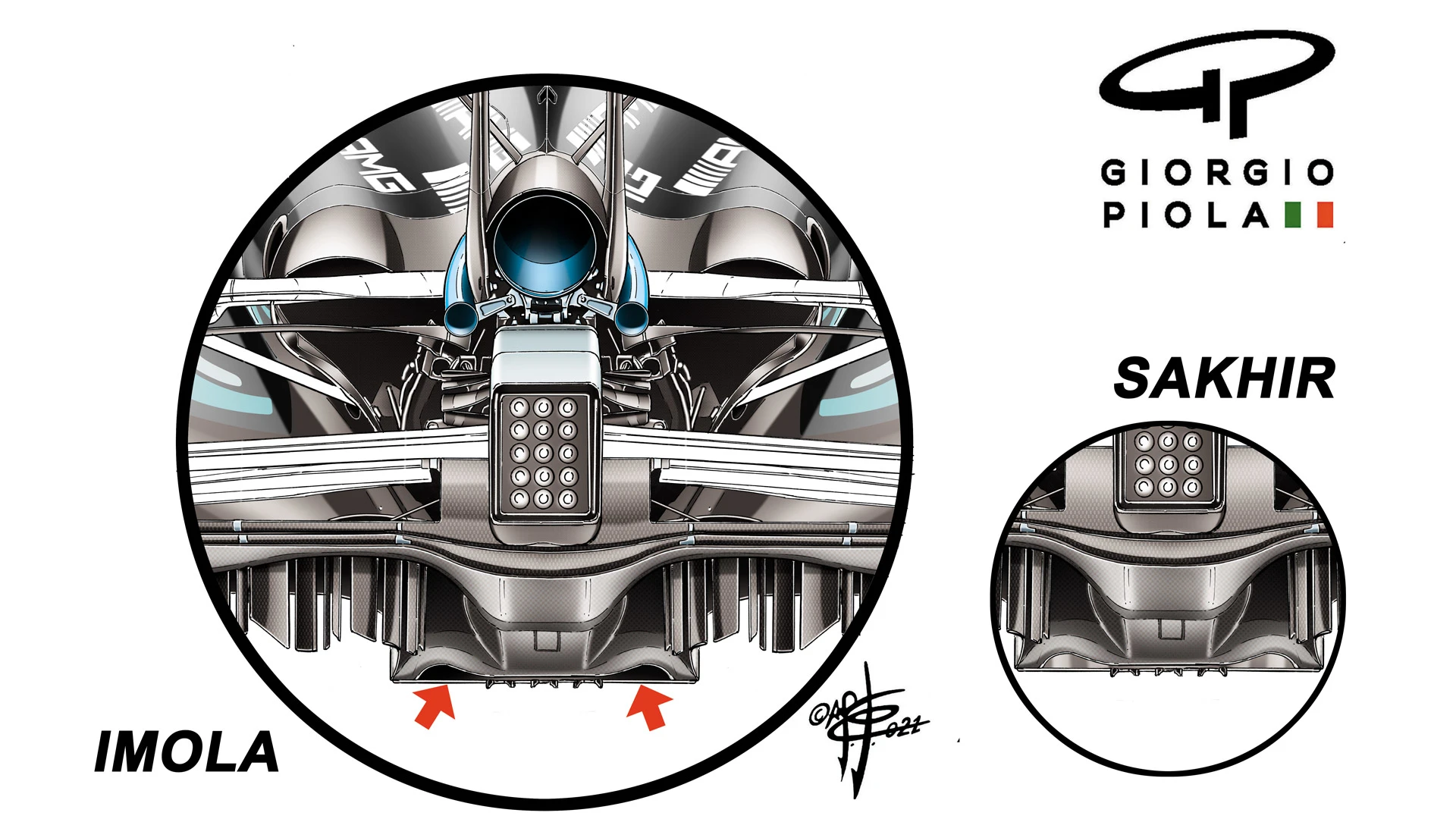
This is all part of Mercedes’ attempts at clawing back as much of the downforce lost by regulations as possible. As is the revised layout of the suspension. Last year’s W11 was already quite radical in how the lower wishbone was swept back to clear more space for the airflow there.
The faster the air can be induced to flow through this coke bottle profile (blue arrow in the image below), the more powerful its effect is on scavenging the air flowing through the diffuser’s exit ramp when the flows meet up. Any obstruction, such as suspension arms, obviously slows this crucial flow from the coke bottle section. Hence why they were moved back on last year’s W11.
READ MORE: 7 Winners and 7 Losers from the 2021 Emilia Romagna GP – Who shone in the rain at Imola?
With the W12 the lower links (in yellow in the inset image) are now separate and no longer a conjoined wishbone (the driveshaft is shown in red and the toe link in blue) and have separate mounting points at the outboard end. This will have allowed the rear link to be mounted even further back and slightly higher, out of the coke bottle airflow’s path, given that it is no longer constrained by sharing a mounting point with the front link.
Given the intense and close competition between Mercedes and Red Bull this season, such developments and their effectiveness may well have title-deciding significance as Hamilton and Verstappen continue their fascinating duel.
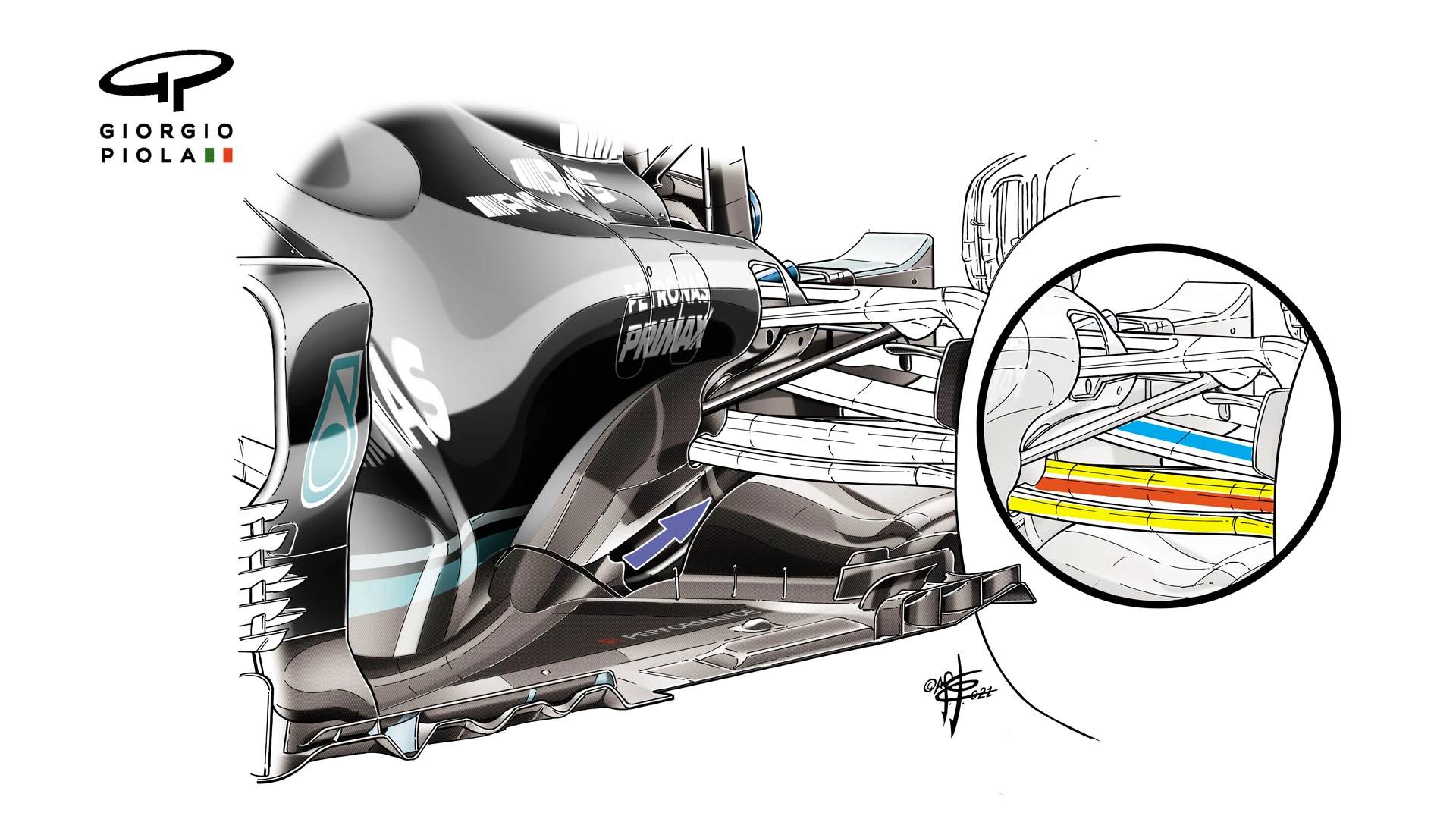
Next Up
Related Articles
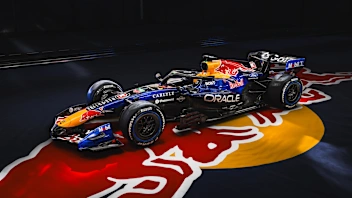 Red Bull unveil striking new livery for 2026
Red Bull unveil striking new livery for 2026 Williams confirm Browning as reserve driver for 2026
Williams confirm Browning as reserve driver for 2026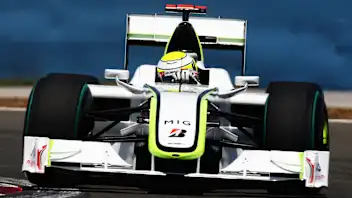 ExclusiveRoss Brawn reveals his favourite car designs
ExclusiveRoss Brawn reveals his favourite car designs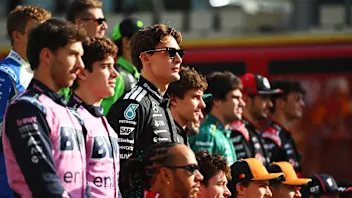 REVEALED: The best driver line-up for 2026 as voted for by you
REVEALED: The best driver line-up for 2026 as voted for by you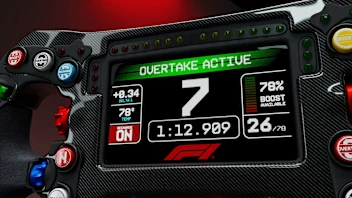 ExplainedAll you need to know about F1’s new power units
ExplainedAll you need to know about F1’s new power units F1 AcademyAlpine retain Gademan for second F1 ACADEMY campaign
F1 AcademyAlpine retain Gademan for second F1 ACADEMY campaign